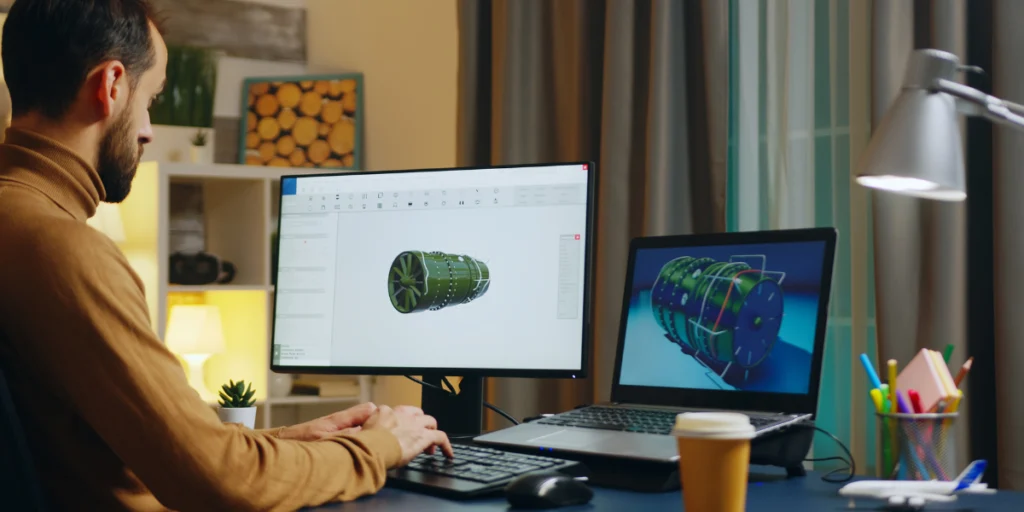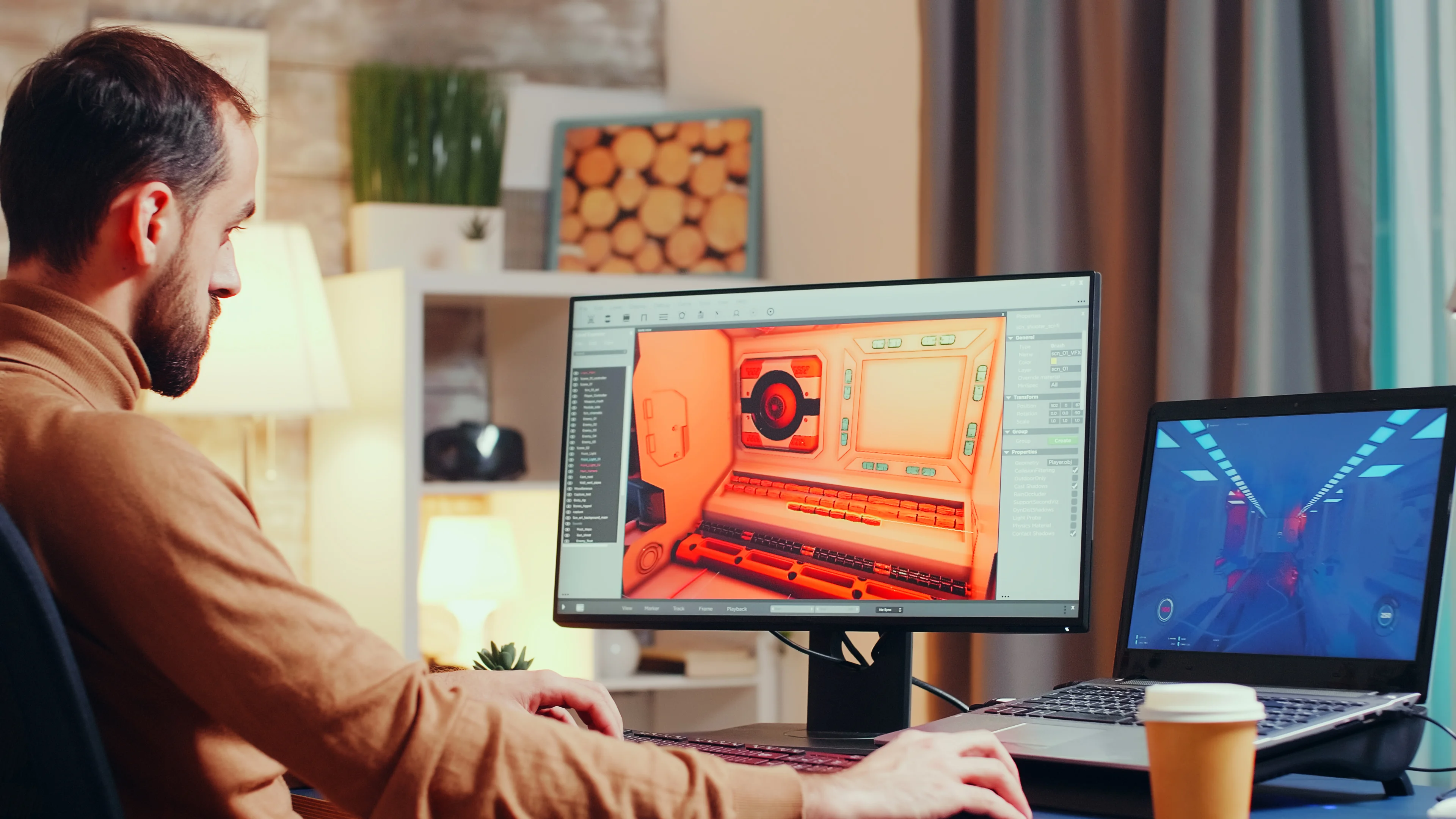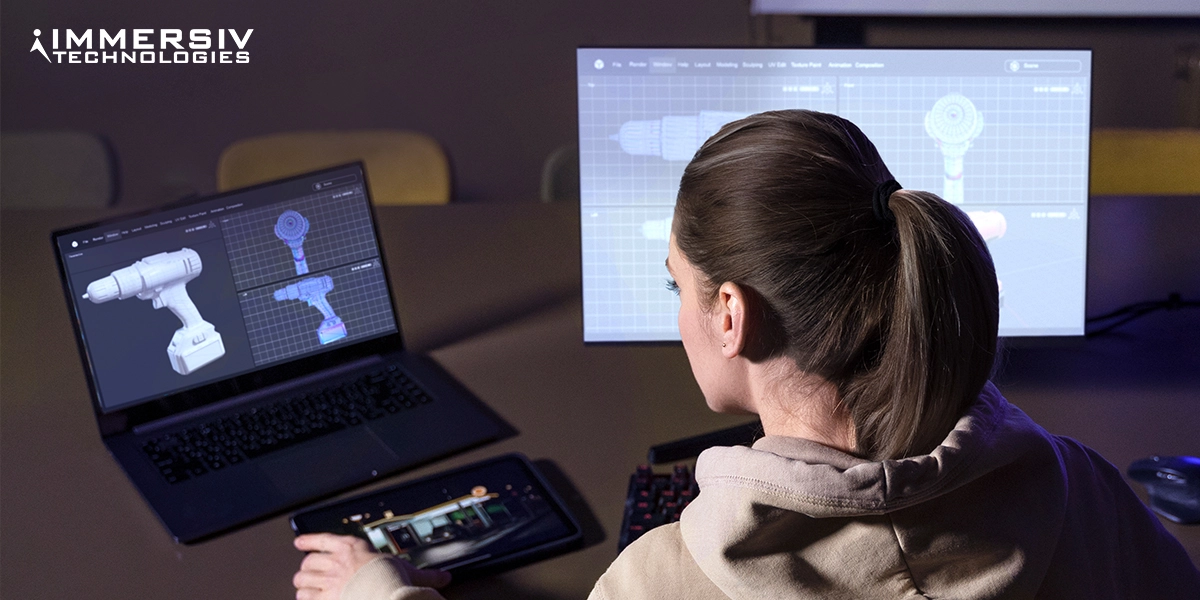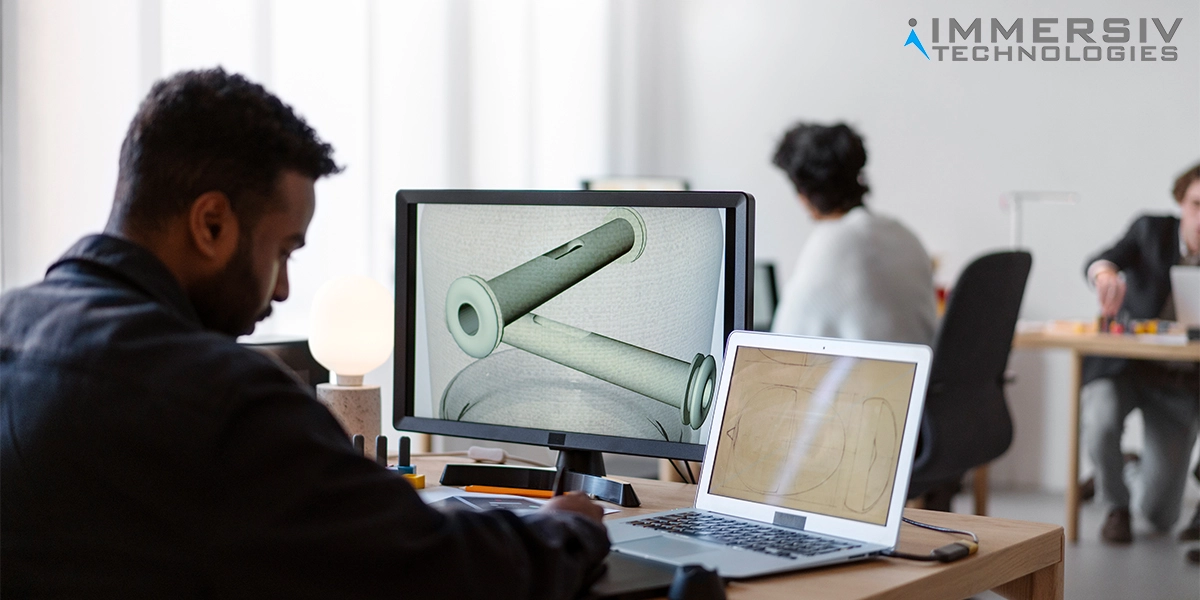Throughout history, traditional engineering design methods have been utilized in various fields. It ranges from creating furniture to building rockets. This proven methodology has been the driving force behind many technological achievements throughout history.
The engineering design process usually follows an orderly pattern: the concept involves identifying a problem and formulating an idea, followed by producing a basic model, designing the specifics, validating through product testing, increasing production for assembly, and ultimately launching the product into the market.
This process follows a straightforward path and comes with a few inherent disadvantages:
Having a solid technical background is essential throughout the process. Even with advanced software, engineers need to specify dimensions and features precisely with specialized tools to create a design suitable for manufacturing.
When problems occur during validation or manufacturing, a negative feedback loop can develop, leading to product recalls, significant redesign work, and the waste of resources.
How quickly they can iterate and produce new designs limits the creativity of designers and engineers. Strict timelines frequently lead to conventional solutions becoming the standard, hindering future creativity.
The Shift from Traditional Design to Generative Design
Traditional engineering design software has tackled these challenges, but it still requires engineers to move through each development phase. Nevertheless, new technologies could significantly boost efficiency, reflecting progress in different sectors.
Generative Design showcases the potential of digital tools to enhance efficiency in product development. It creates opportunities for additional optimization, particularly when incorporating innovative manufacturing techniques like 3D Printing into value chains.
What is Generative Design?
Generative Design employs artificial intelligence and machine learning. It transforms cumbersome engineering design processes into a seamless collaboration between computers and engineers.

Engineers train state-of-the-art algorithms to optimize designs for specific engineering parameters. And also for commercial factors like production costs and required aesthetics.
Interestingly, it broadens its use to improve performance while in use. It pushes the boundaries of human cognitive speed and frequently produces a superior product far faster than through standard design approaches.
The Key Components of Generative Design
Parameters and Constraints:
Designers set specific constraints, including material properties and performance requirements, guiding the algorithm in creation.
Algorithmic Exploration:
The algorithm explores design iterations, adapting based on designer feedback and learning from the defined parameters.
Iteration and Optimization:
Designers review, select, and refine designs in an iterative process, continuing until an optimal solution is achieved.

Generative Design and 3D Printing
Combining generative design with 3D Printing has proven to be incredibly effective. Generative Design thrives when it works in concert with other technologies.
- First of all, 3D Printing frees up time and money. It allows for quick development and testing of new designs without the need for an expensive, bespoke production run.
- More astonishingly, 3D Printing transcends geometric limitations. It can create highly complex structures that traditional techniques are unable to duplicate.
- Moreover, mass customization is made easier by 3D Printing. It makes it possible to produce goods catering to the requirements of a single customer.
An innovative method of product development is demonstrated by the combination of generative design and 3D Printing, which unimaginably combine efficiency, flexibility, and customization.
Generative Design Across Industries
- Automotive Industry
Working in the automotive industry involves using generative design to shape the future by helping to make components lighter and consolidate parts.
- Architecture and Construction
Apart from manufacturing, it brings innovation to architecture. The algorithm considers factors like environmental conditions, material properties, and spatial requirements to generate designs that optimize both form and function.
- Aerospace industry
The focus is on reducing weight, minimizing environmental impact, and enhancing safety to enable innovative design possibilities.
- Industrial Machinery
Generative Design pushes boundaries in tool and equipment manufacturing, fostering innovation in industrial machinery.
- Consumer goods
By creating CAD-ready solutions, generative design ignites innovation and enhances productivity.
- Developing Products
Streamlined assemblies, courtesy of generative design and additive manufacturing, enhance industrial products.
Benefits of Generative Design
- Optimized Performance:
Generative Design allows for the creation of designs that are optimized for specific performance criteria, whether it’s structural integrity, thermal efficiency, or aerodynamics.
- Cost Reduction:
By automating the design process and minimizing material waste, generative design contributes to cost reduction in manufacturing.
- Rapid Prototyping:
The ability to quickly generate and iterate on designs accelerates the prototyping phase, allowing for faster product development.
- Innovative Solutions:
Generative Design often leads to the discovery of unconventional and innovative solutions that may not be apparent through traditional design methods.

Embracing the Future of Design
Generative Design stands at the forefront of a design revolution, offering a paradigm shift that empowers designers to explore uncharted territories. As AI continues to advance, so does the potential of generative Design to redefine creativity and problem-solving across industries.
Embracing this transformative approach unlocks a future where innovation knows no bounds. As we navigate this exciting frontier, the collaboration between human designers and intelligent algorithms promises to shape a new era of limitless possibilities.
Immerse in the future of Design with Immersiv Technology, a leading 3D design automation company.





